An item produced without synthetic pesticides, chemical fertilizers, and is not genetically modified.
Organic
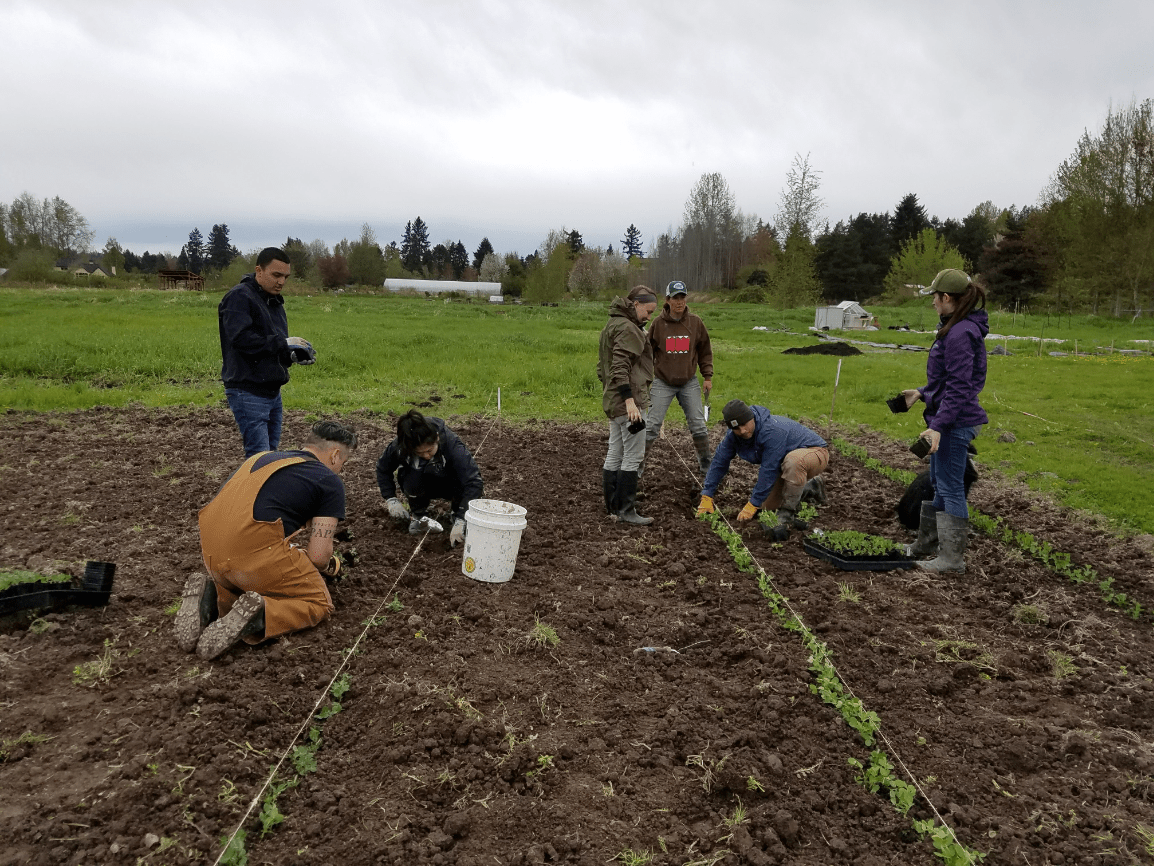
The food that gets thrown away the most.
a) Fruits and vegetables
b) Milk
c) Grains and starches
d) Frozen meat
Fruits and vegetables
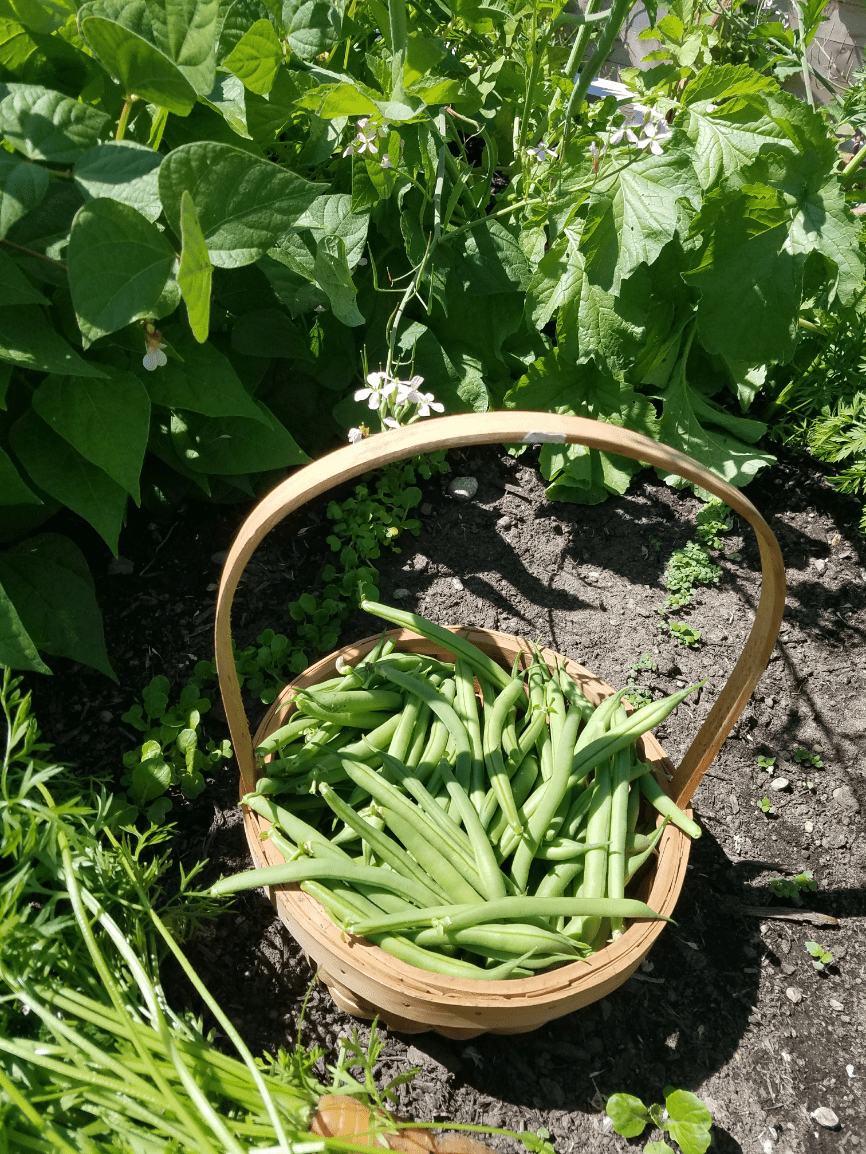
True or False
Corn-finished cattle have a higher environmental impact than grass-fed cattle.
True
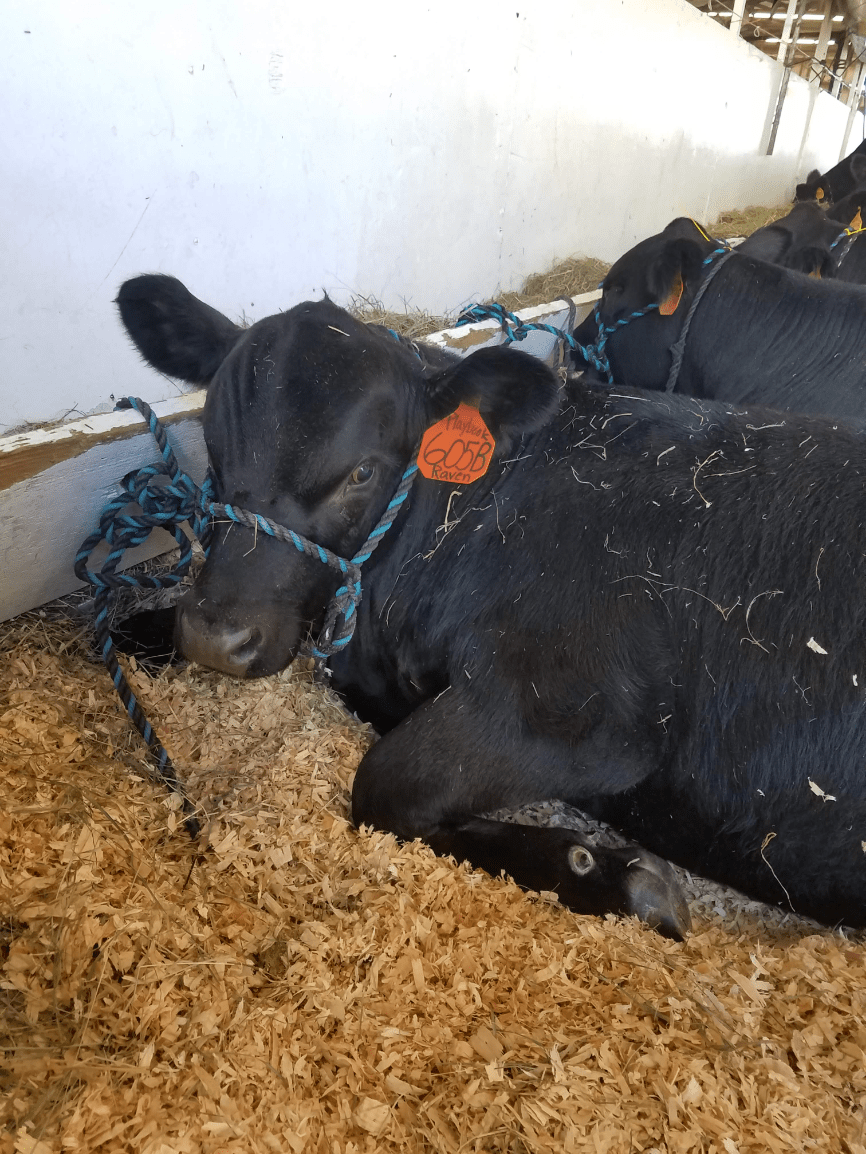
The gallons of water needed to produce one pound of beef.
2,500
True or false.
All bee species produce honey.
False

The agricultural practice of planting and producing a single crop on a wide area of land.
Monoculture
What sustainable practice helps reduce food waste, enriches soil, and contributes to overall food sustainability by breaking down organic matter into nutrient-rich soil conditioner?
Composting
What type of diet reduced the environmental impact of food transportation, supporting regional economies, and fostering community resilience?
Locavore OR Local
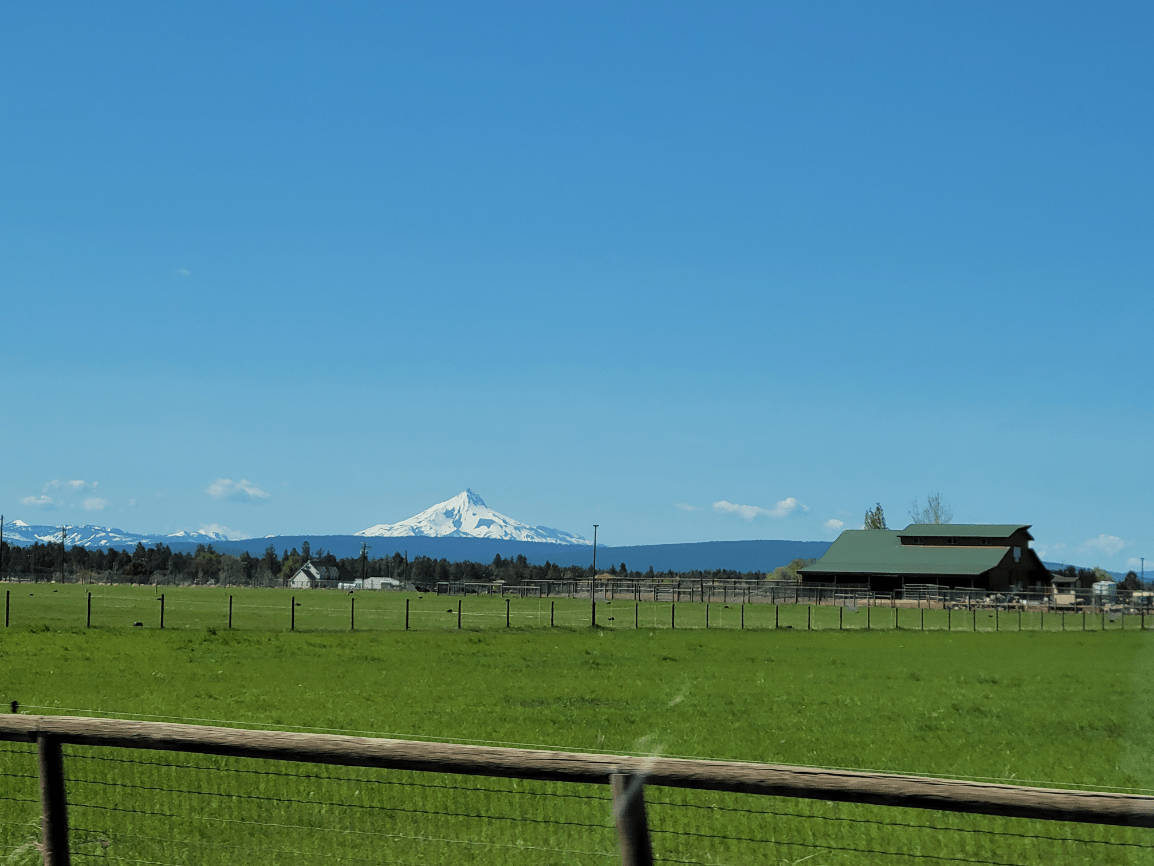
What percent of U.S. agriculture emissions are beef cattle responsible for?
a) 10%
b) 25%
c) 40%
d) 50%
b) 25%
True or false
All bee species live in hives
False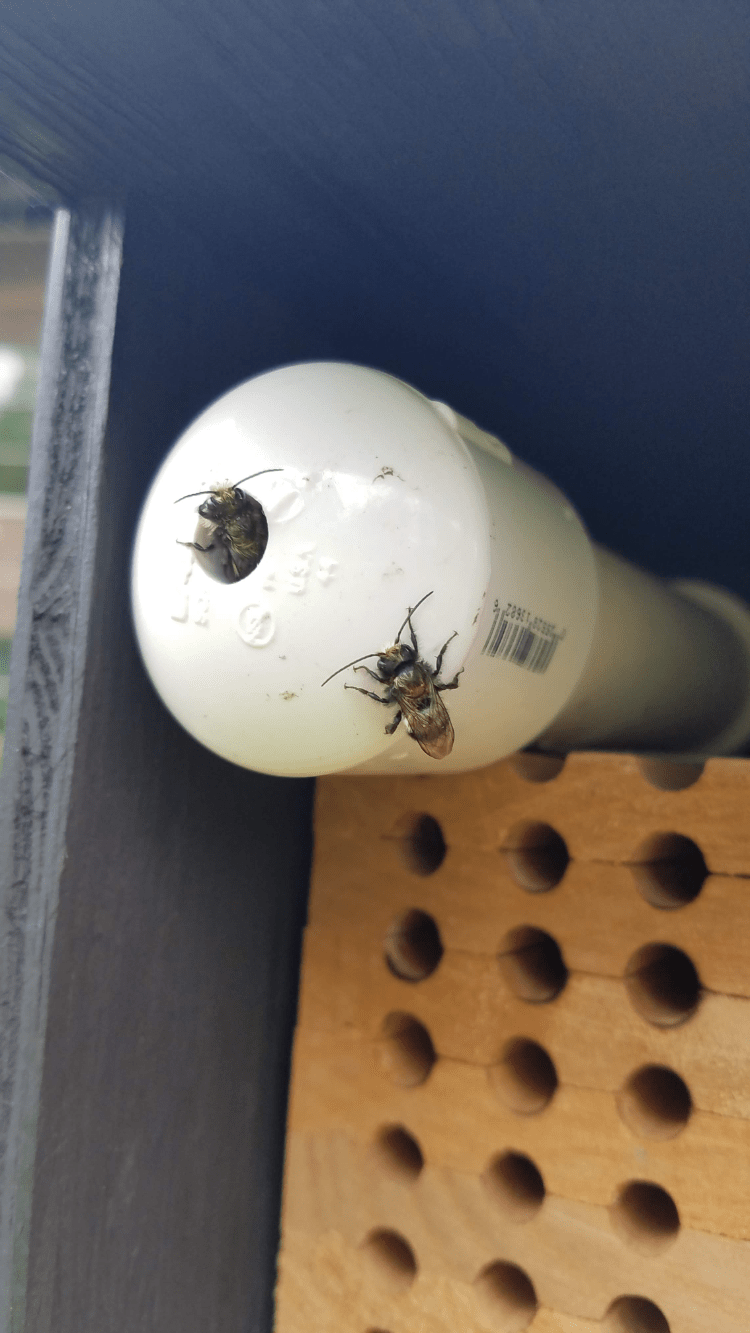
The farming practice that restores and enhances soil health, such as cover cropping, crop rotation, and reduced tillage.
Regenerative Agriculture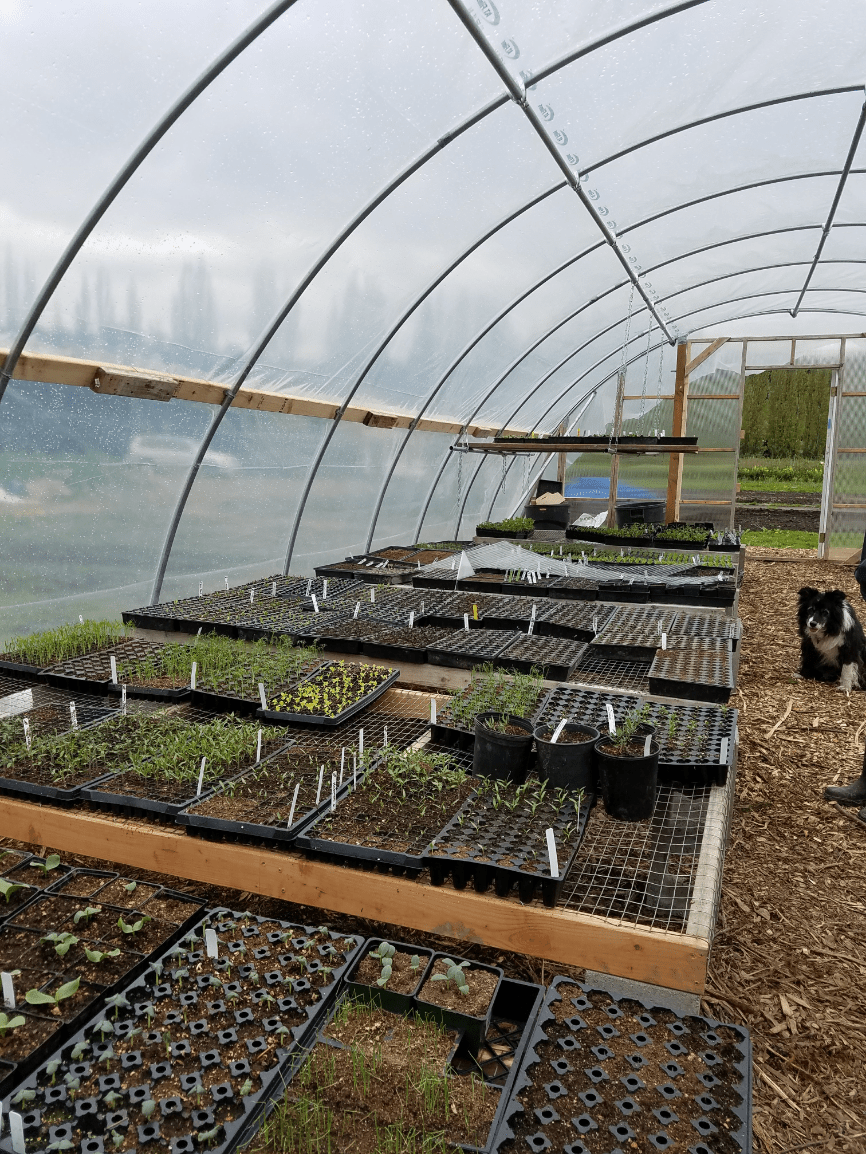
The amount of seafood that gets wasted per year in the United States.
a) 20%
b) 25%
c) 45%
d) 50%
45%
What percentage of the U.S. population was obese in 2022?
a) 15% or less
b) Between 22-34%
c) Between 34-45%
d) Greater than 45%
c) between 34-45%
42.4% of the population is obese
How much of the United States’ ground and surface water is used for agriculture?
a) 60%
b) 70%
c) 80%
d) 90%
80%
The percentage of food pollinated by bees.
33%
The use of biological control methods (like beneficial insects, companion planting, etc.), crop rotation, and resistant crop varieties to manage pests and diseases, minimizing reliance on synthetic pesticides.
Integrated Pest Management
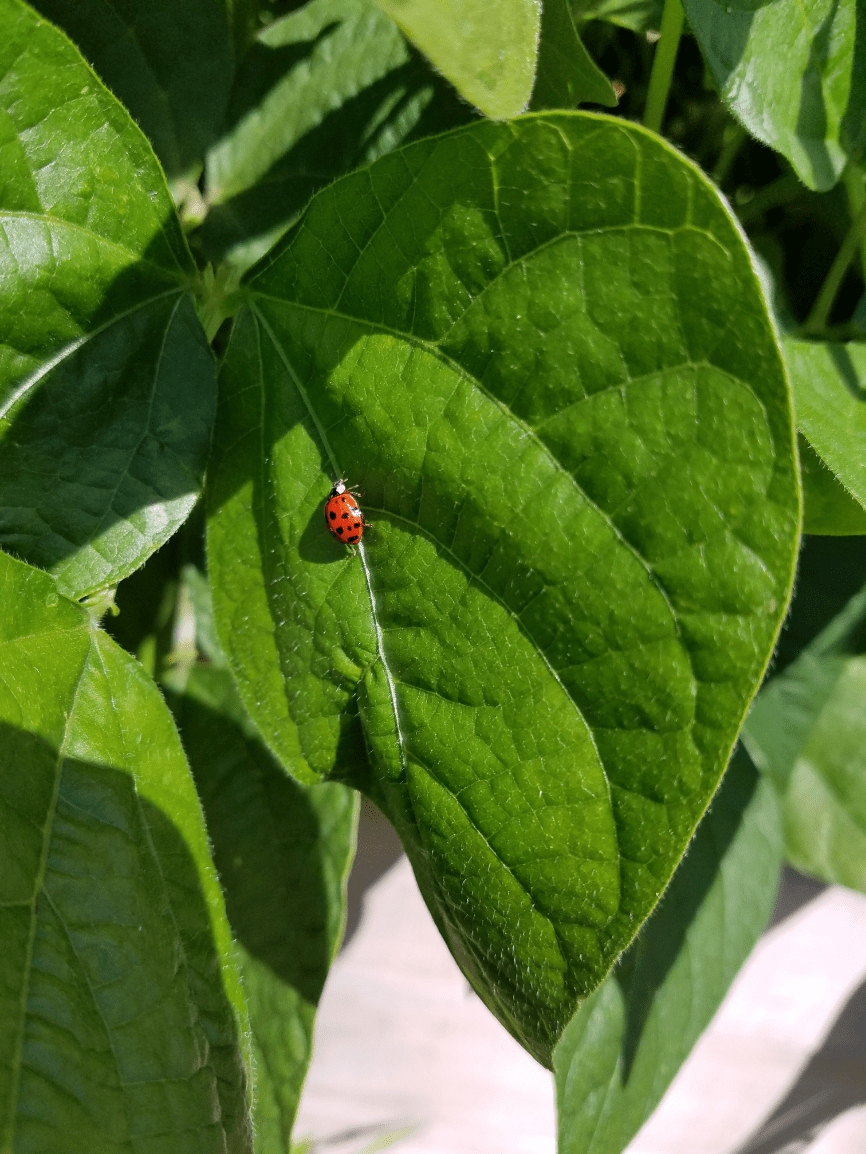
The percentage of food that goes uneaten in the U.S. per year.
40%
What percentage of the U.S. population has diabetes?
a) 5.3%
b) 8.6%
c) 10.5%
d) 21.2%
c) 10.5%
What term describes the practice of prioritizing foods at their peak freshness to support local agriculture and reduce the environmental impact of long-distance transport and storage?
Eating seasonally
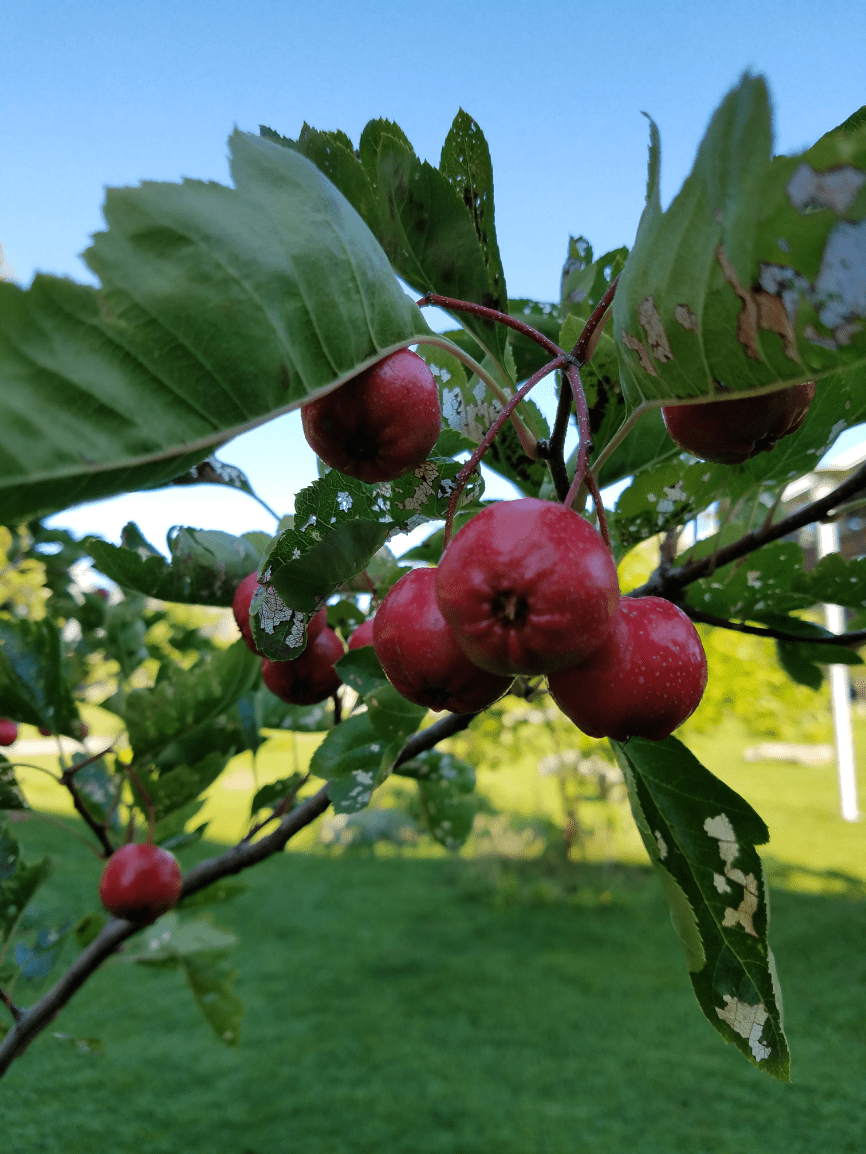
How many bee species can be found in the Pacific Northwest?
a) 5
b) 20
c) 100-200
d) 500 or more
d) 500 or more
The term that describes the diminished effectiveness of pesticides or herbicides against pests or weeds, resulting from the evolution of mechanisms within the pest populations.
Chemical resistance
The food that wastes the largest amount of energy if thrown away
a) corn
b) milk
c) poultry
d) beef
d) beef
The number of people in the world that rely on fish for their primary protein source
a) 500 million
b) 700 million
c) 1.5 billion
d) 3 billion
3 billion
What is the term for nutrient build-up in the waterways often caused by fertilizer and manure runoff?
Eutrophication
In ecology, what term describes a bee species that has developed an exclusive relationship with specific flowers or plants for pollination?
Specialist bee